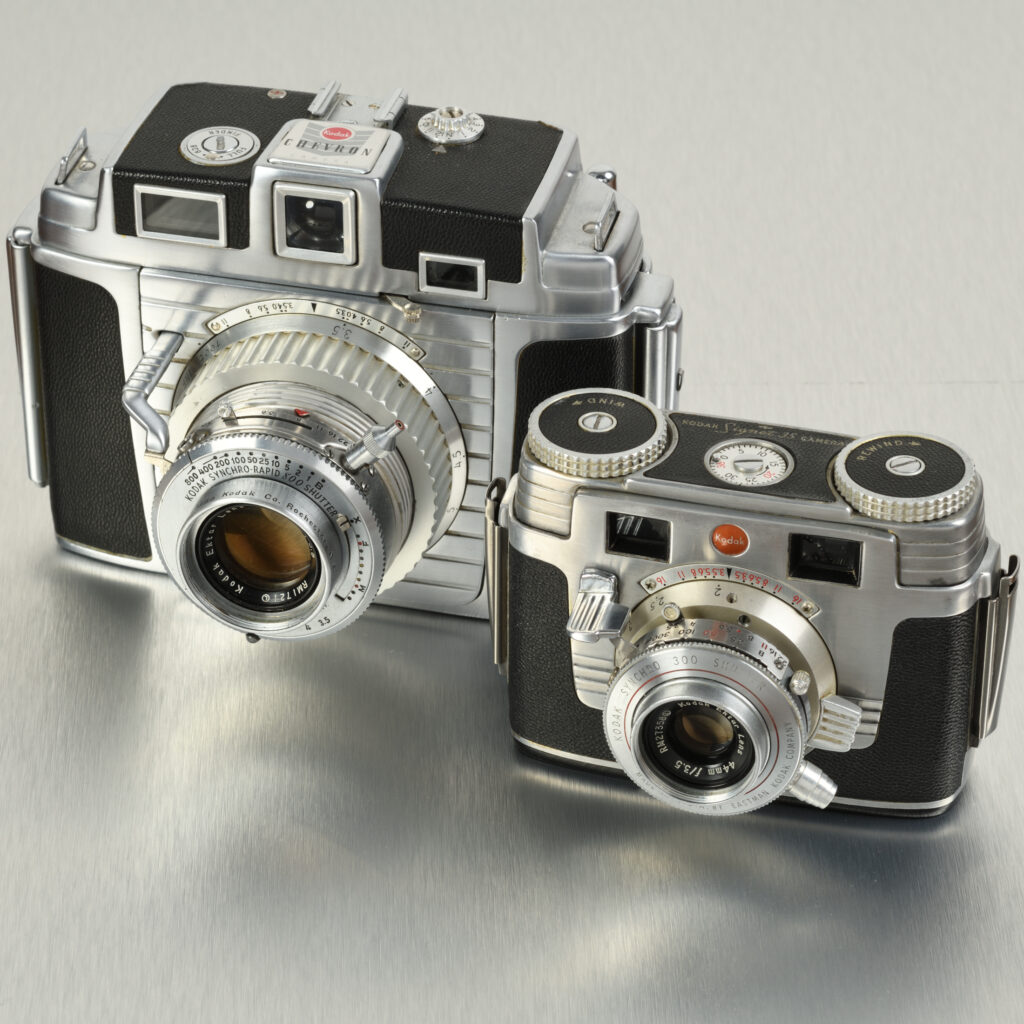
I love American Kodak cameras. I love the way they look and work. Often quirky and counterintuitive—and sometimes downright goofy—many are objects of beauty and time capsules fo...
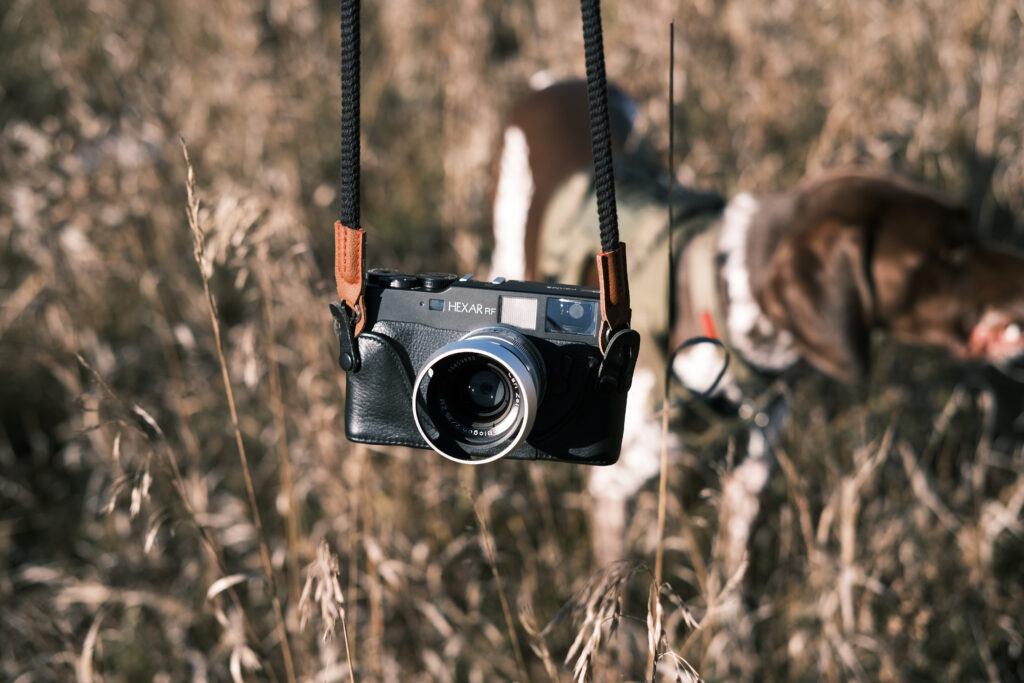
Let’s address the elephant in the room, shall we? Our lead image is of an immaculate Konica Hexar RF, set against the backdrop of golden autumn grass and a curious German ...
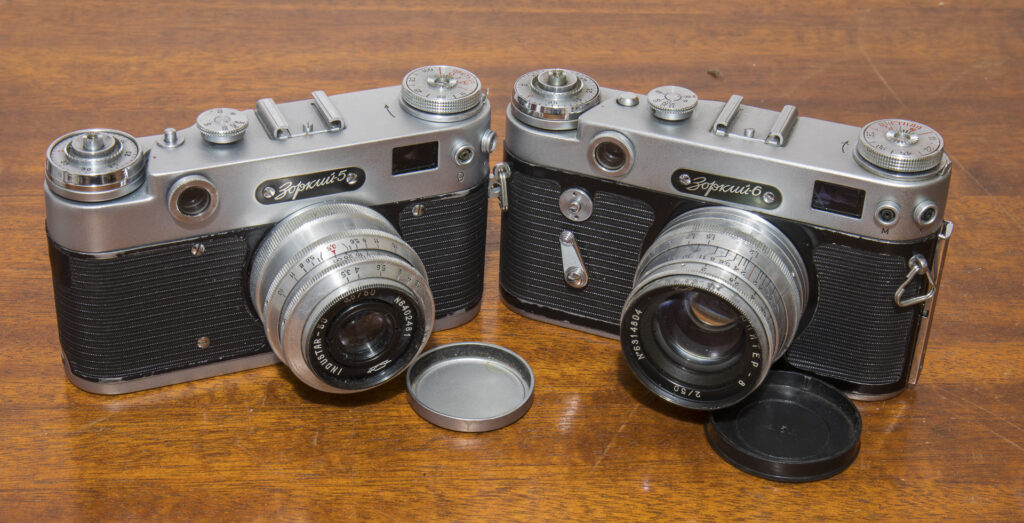
You know how it is, you see something on a certain auction site very near the auction end with a sensible start price and no bids so you put just the minimum on with no expectat...
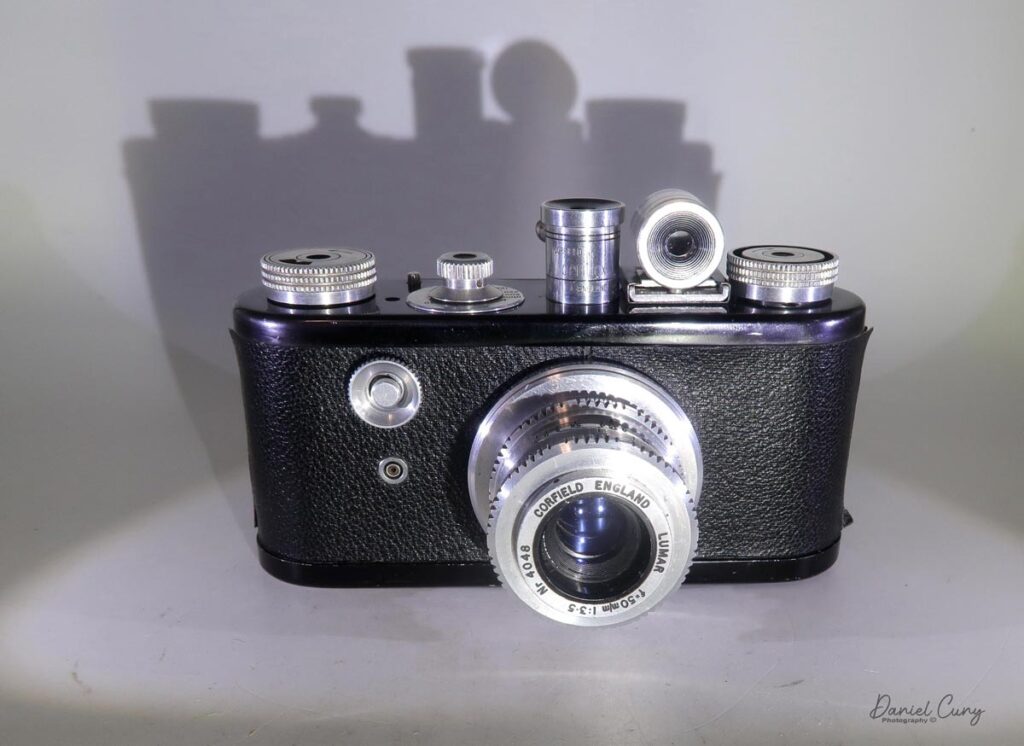
The Corfield Periflex is a relatively new camera to my collection. I’ve only had it for a few months, but I’ve desired to own one for many years. The opportunity aro...
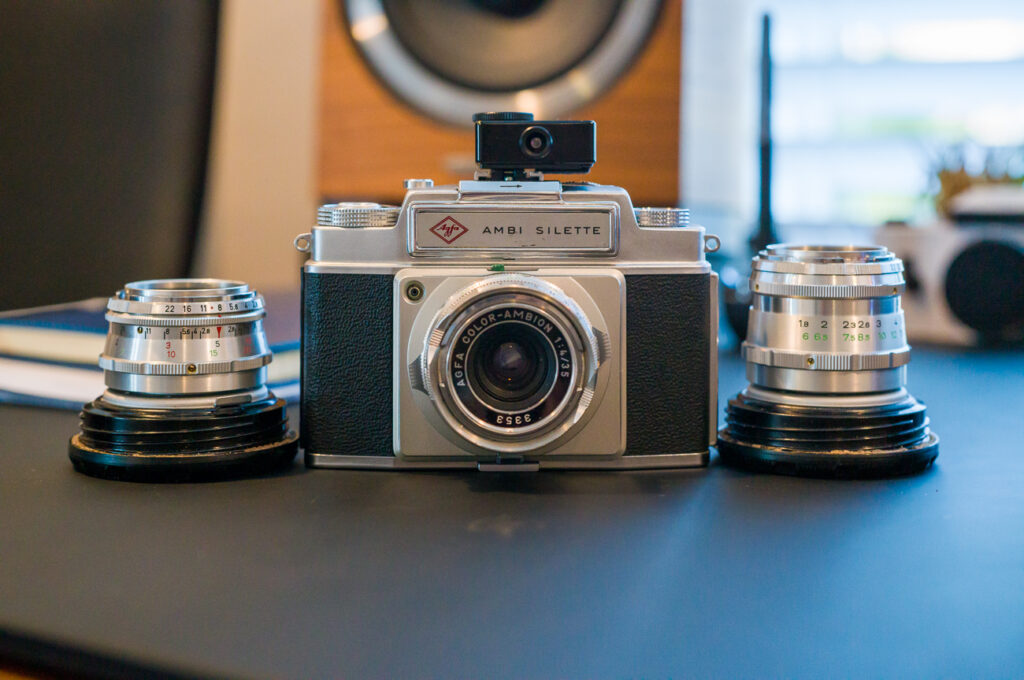
During a recent visit to a favorite antique store, I went to my favorite display case which were filled with cameras. One never knows what will be there and so it’s fun to...
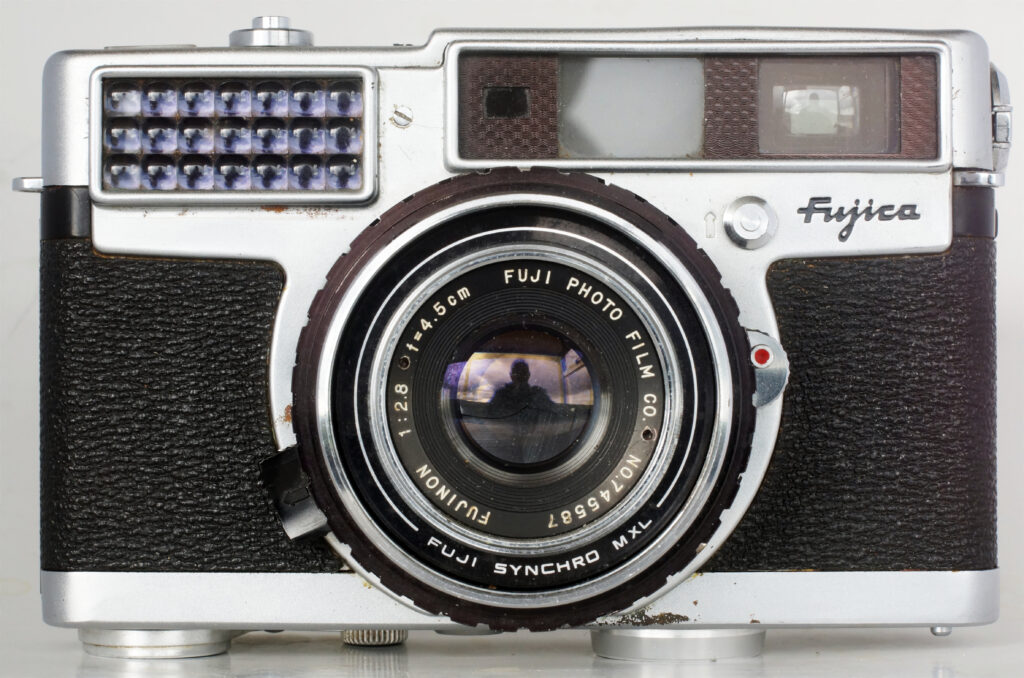
My interest in mid 20th century efforts to automate photography led to the purchase of a Fujica 35-SE. When I bought my first dSLR, a Fuji S2 Pro, Fuji were better known for the...
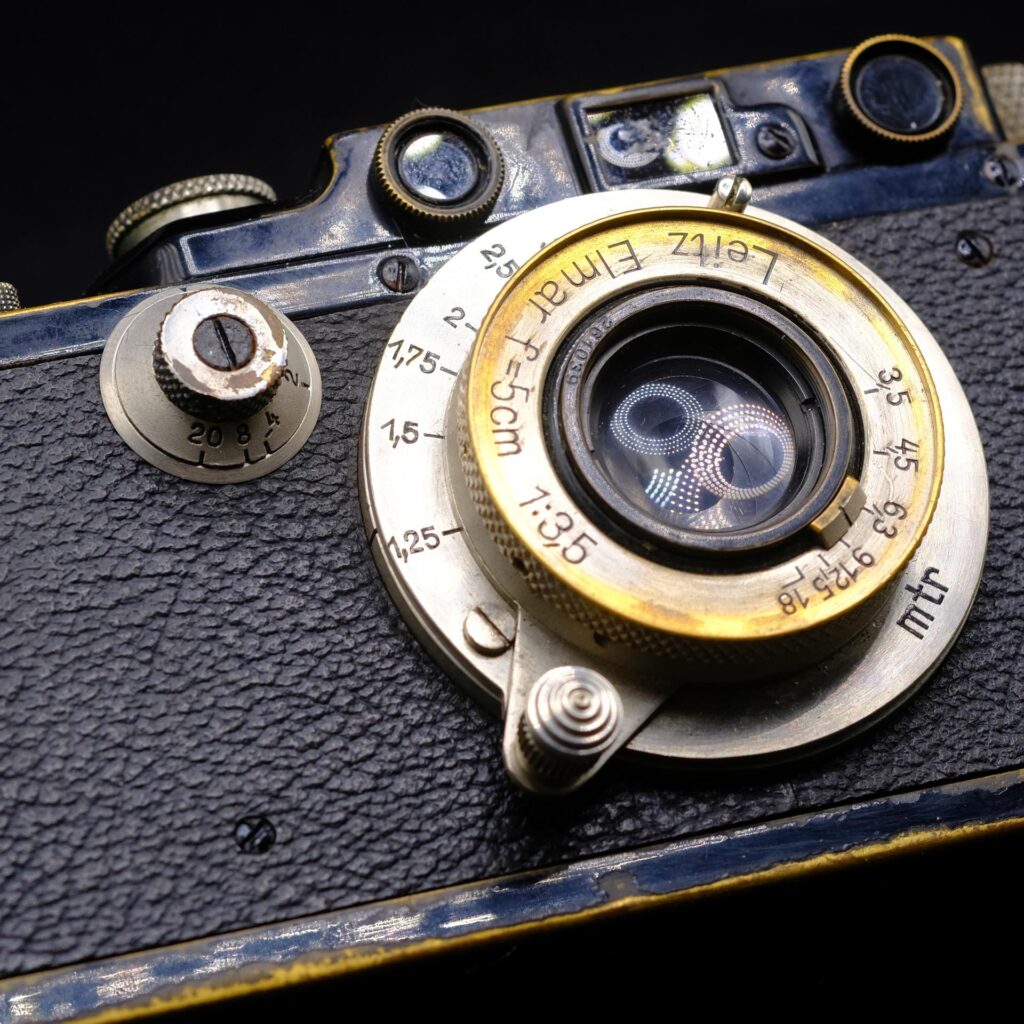
I’ve feel like I’ve been away from photography for a while. Like most of people these days, the general state of the universe has got me down. Don’t get me wro...
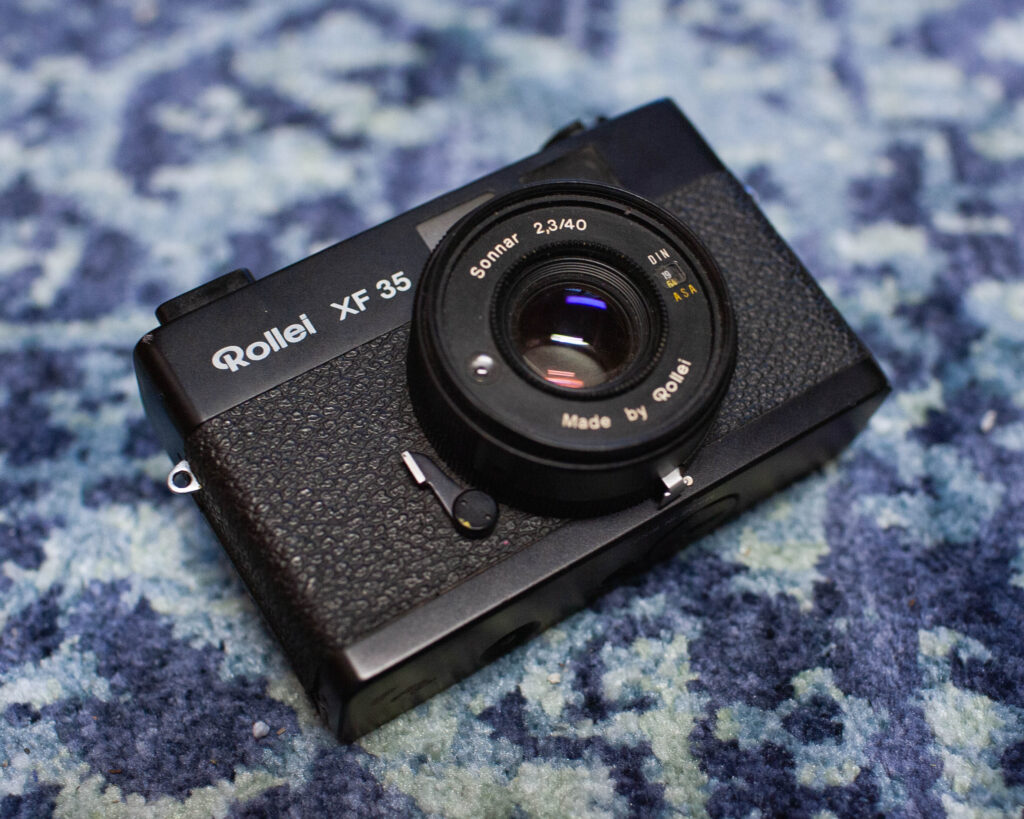
I ran into this camera almost by accident. I was meandering through a vinyl record and camera store* and saw the small Rollei XF 35 hiding in a glass counter next to the registe...











